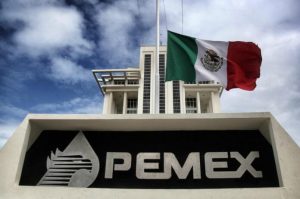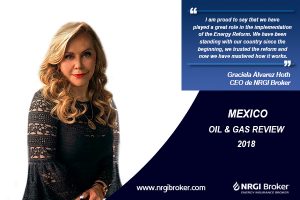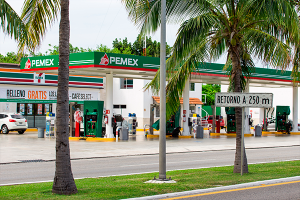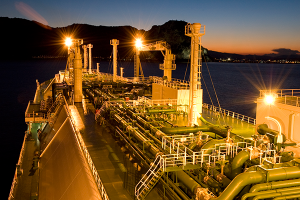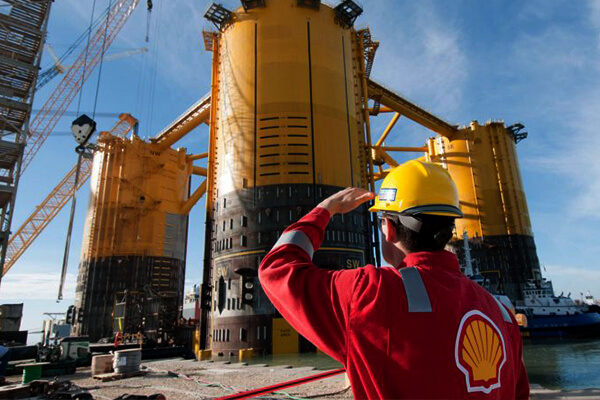The strategic value of the pipelines
The Five-Year Expansion Plan of the National Integrated Natural Gas Transportation and Storage System 2015-2019 contemplates the construction of more than 5,000 km of natural gas pipelines, with an estimated investment of close to 10,000 million dollars. For its elaboration, the National Infrastructure Program 2014-2018 was taken as a basis, in which the gas pipeline construction projects are planned, with an approach that seeks to guide the integral functionality of the new infrastructure of the country.
On the other hand, the main objective of the Quinquennial Plan is to bring natural gas, considered the most efficient fuel and of intensive use, to different areas of the country, among which are Hidalgo, Puebla, Veracruz, Aguascalientes, Durango, Michoacán, Guerrero, San Luis Potosi, Chihuahua, Sonora, Oaxaca, Tamaulipas and Nuevo Leon, especially in industrial areas and those where up to now this hydrocarbon has not been accessed.
The foregoing is in line with one of the objectives of the Energy Reform, consisting of the safe, reliable and competitive supply of natural gas.
These new gas pipelines will be added to the more than 10,000 km already existing, and will increase the capacity of transportation of natural gas by 50%.
It is worth mentioning that the expansion of the gas pipeline network can bring with it a greater possibility of accidents, considering that the pipelines are one of the means of transport that present a greater frequency and severity of accidents, due to the fact that they are exposed to various hazards as: explosion, fire, natural phenomena and ill-intentioned acts.
Therefore, it is very important that during the construction and operation of the pipelines, the insurance coverage is adequate for the complexity of this means of transport, for which it must be taken into account that the damages may affect the infrastructure, people, their assets and the environment.
In NRGI Broker we are experts in designing comprehensive insurance schemes for the Hydrocarbons Sector, come to us.



